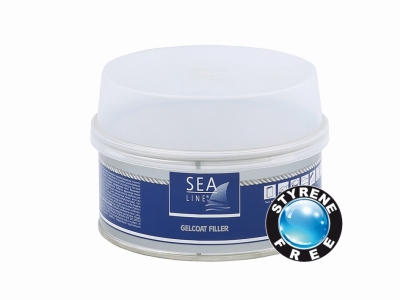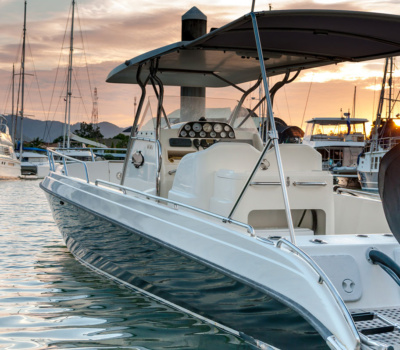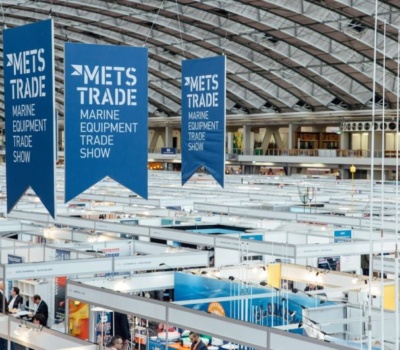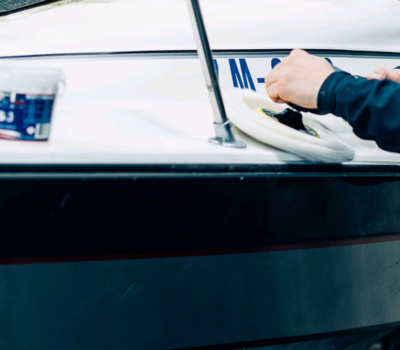Considering new regulations in several European countries we would like to adjust our products to current expectations.
We are ready to offer you low styrene and styrene free products:
Please contact us in case of any questions
tel. (+48) 94 35 316 20
EMAIL: info@sea-line.eu
Are you on METS Amsterdam? Visit us on stand 05.370


We are expanding our offer by introducing two new products that will provide boat enthusiasts

Come and join us at METSTRADE 2023, METSTRADE the best event for marine industry professionals,

Visit us and our production plant without traveling

New in the 2023 season is a new polishing wool The new black and white
We do not sell retail. Our products can be found in many stores in Poland and abroad. Our distributors run stationary and online stores. The full list of distributors and contacts can be found on our website at the following link click here.
We do not recommend using universal thinners. The use of a thinner with an unknown composition may result in loss of adhesion, lack of proper flow of paint and varnish defects.